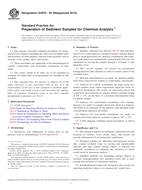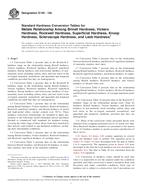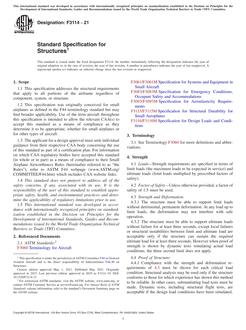1.1 This guide covers information needed to select one or more methods for assessing the sensitivity of ground water or aquifers and the vulnerability of ground water or aquifers to water-quality degradation by specific contaminants.
1.2 This guide may not be all-inclusive; it offers a series of options and does not specify a course of action. It should not be used as the sole criterion or basis of comparison, and does not replace professional judgment.
1.3 This guide is to be used for evaluating sensitivity and vulnerability methods for purposes of land-use management, water-use management, ground-water protection, government regulation, and education. This guide incorporates descriptions of general classes of methods and selected examples within these classes but does not advocate any particular method.
1.4 Limitations – The utility and reliability of the methods described in this guide depend on the availability, nature, and quality of the data used for the assessment; the skill, knowledge, and judgment of the individuals selecting the method; the size of the site or region under investigation; and the intended scale of resulting map products. Because these methods are being continually developed and modified, the results should be used with caution. These techniques, whether or not they provide a specific numeric value, provide a relative ranking and assessment of sensitivity or vulnerability. However, a relatively low sensitivity or vulnerability for an area does not preclude the possibility of contamination, nor does a high sensitivity or vulnerability necessarily mean that ground water or an aquifer is contaminated.
1.5 The values stated in SI units are to be regarded as standard. No other units of measurement are included in this standard.
1.6 This standard does not purport to address all of the safety concerns, if any, associated with its use. It is the responsibility of the user of this standard to establish appropriate safety and health practices and determine the applicability of regulatory limitations prior to use.
1.7 This guide offers an organized collection of information or a series of options and does not recommend a specific course of action. This document cannot replace education or experience and should be used in conjunction with professional judgment. Not all aspects of this guide may be applicable in all circumstances. This ASTM standard is not intended to represent or replace the standard of care by which the adequacy of a given professional service must be judged, nor should this document be applied without consideration of a project’s many unique aspects. The word “Standard“ in the title of this document means only that the document has been approved through the ASTM consensus process.
Product Details
- Published:
- 09/15/2008
- Number of Pages:
- 9
- File Size:
- 1 file , 140 KB


